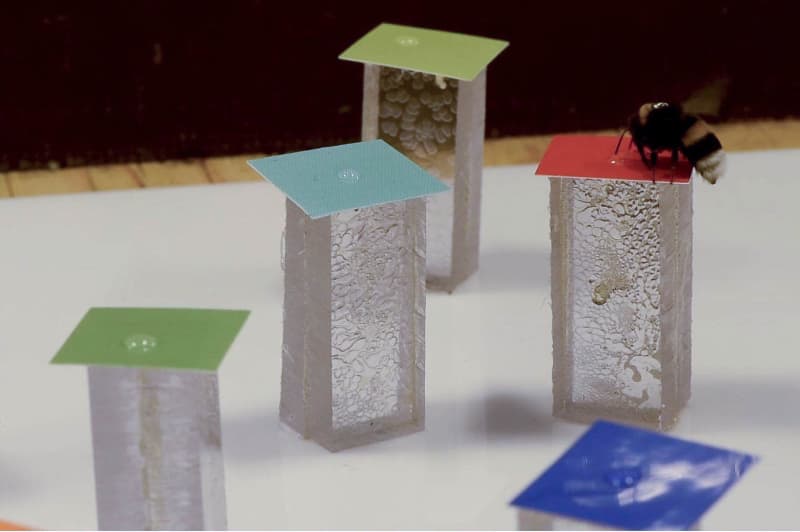Researchers investigated how the herbicide Roundup affects bumblebees’ learning and memory. Even a small single dose impaired the bumblebees’ ability to learn or remember the association between colours and tastes.
Researchers at the University of Turku and the University of Oulu investigated how the glyphosate-containing herbicide Roundup affects learning and memory in bumblebees.
The study found that even a small single dose impaired bumblebees’ ability to learn or remember the association between colours and tastes. Impaired colour perception can make it more difficult for bumblebees to find food and reduce their success, says the University of Turku in a press release.
In the study, bumblebees were exposed to a single dose of herbicide to which pollinating bumblebees might be exposed in a sprayed field over the course of a day. After exposure, the bumblebees’ learning and memory were tested in a ten-colour colour learning experiment, in which the bumblebees learned to associate five specific colours with a rewarding sugar solution and another five colours with a foul-tasting quinine solution.
Control bumblebees learned to distinguish rewarding colors from colors associated with bad taste and remembered what they learned after three days. Bumblebees exposed to the herbicide learned the association of colors with taste significantly less well and forgot all the color and taste combinations they had learned within a few days.
Even small disturbances affect the bumblebee nest
The researchers also found that the herbicide treatment did not affect the bumblebees’ performance in the easier two-color color learning test or the ten-odor odor learning test. According to the release, the results suggest that although exposure to the herbicide Roundup does not make bumblebees completely color or smell blind, it does impair their accurate color vision.
The results worry researchers.
The recent research article ‘Field-realistic acute exposure to glyphosate-based herbicide impairs fine-color discrimination in bumblebees’ was published in the Science of the Total Environment series. https://doi.org/10.1016/j.scitotenv.2022.159298

